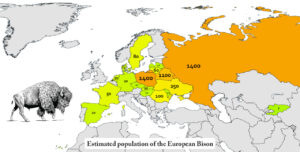Intermittent fasting shows promise in improving gut health, weight management
Key Findings of the Study
- Improved Gut Health: Participants on the intermittent fasting and protein pacing regimen experienced better gut health, evidenced by a decrease in gastrointestinal symptoms and an increase in gut microbiota diversity, particularly microbes associated with a lean body type.
- Effective Weight Management: The regimen not only supported weight loss but also improved metabolic responses. Participants saw notable reductions in body fat, including abdominal fat, while also increasing lean body mass.
- Biochemical Improvements: The study observed increased levels of cytokines related to weight loss and amino acid byproducts that promote fat burning in the intermittent fasting group.
- Comparative Benefits: The research compared the effects of two dietary interventions. One group followed a heart-healthy, continuous calorie-restricted diet based on USDA recommendations, while the other incorporated intermittent fasting with protein pacing. The latter group experienced greater overall health benefits.

Methodology and Trial
The trial involved 41 overweight or obese individuals over eight weeks, measuring changes in weight, body composition, and gut microbiome. The intermittent fasting protocol included limiting food intake to specific windows, combined with evenly spaced protein consumption throughout the day.
Implications and Further Research
While the findings are promising, the study acknowledges its limitations, including its duration and sample size, and suggests that further research is necessary to fully understand the long-term implications and effectiveness of this dietary strategy.
This research paves the way for developing personalized dietary interventions that could potentially manage obesity and metabolic diseases more effectively by tailoring nutritional regimens to individual gut microbiomes and metabolic profiles.
For more detailed information on the study, you can refer to the full text available in Nature Communications or check the original summary from Arizona State University her








